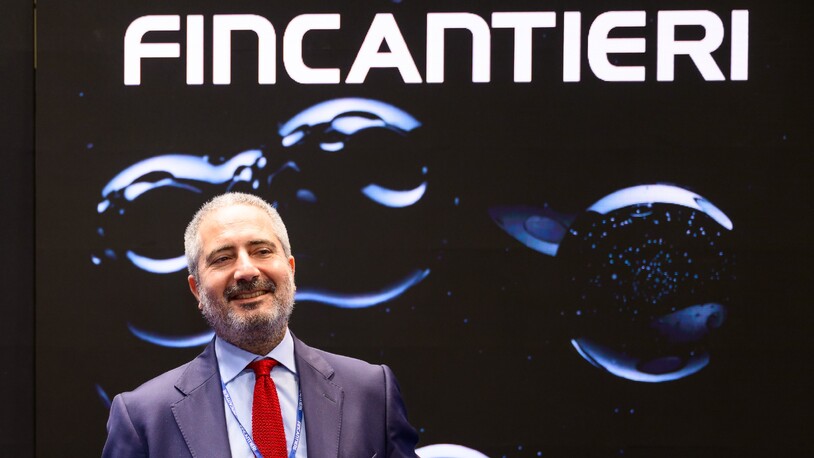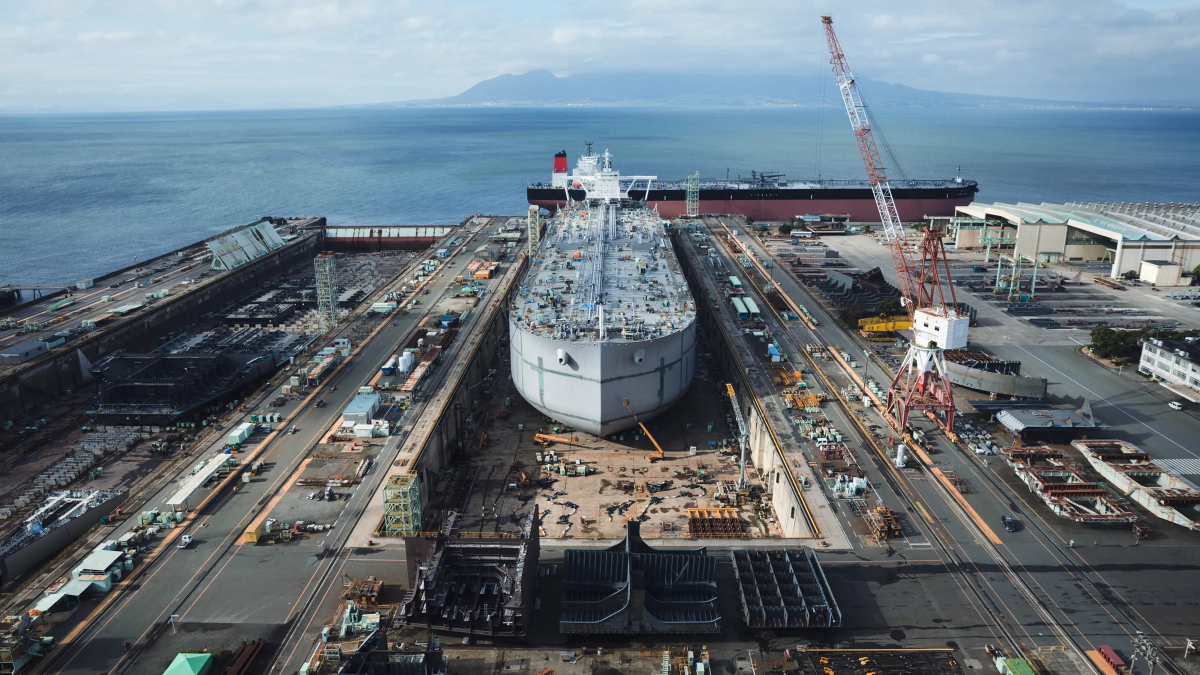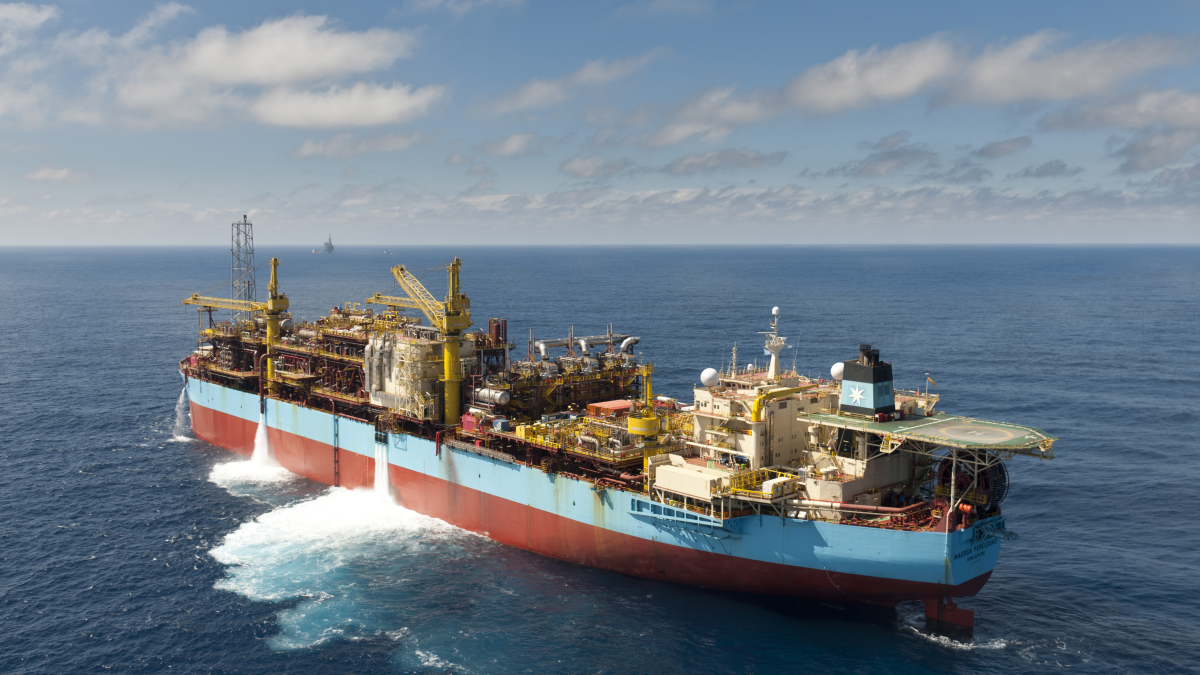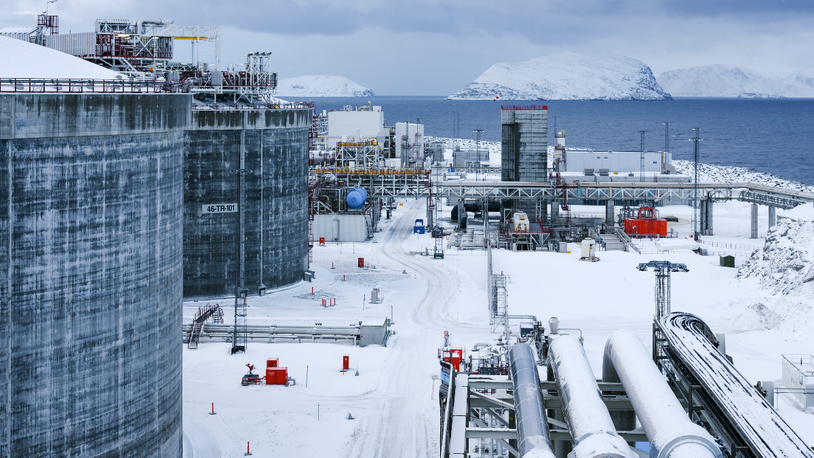Business Sectors
Events
Contents
Register to read more articles.
No ships, no ports: no transition
Despite the increase in the cost of building offshore windfarms and failed auctions in the UK, Denmark and Germany, the EU remains committed to offshore wind
The European Union wants offshore wind to play a central role in the transition to a cleaner, more secure, more resilient energy system. And, despite the increase in the cost of building offshore windfarms and failed auctions in the UK, Denmark and Germany, it remains committed to offshore wind.
But the European offshore wind industry has serious challenges other than failed auctions, not least the massive investment required in port infrastructure and in construction vessels if European targets for offshore wind capacity are to be met.
Politicians in Europe have been aware of these issues for some time, but it is getting serious, as WindEurope and the International Marine Contractors Association (IMCA) have both recently highlighted.
Europe needs more ports capable of hosting offshore wind operations and more vessels to meet offshore wind goals, WindEurope says. So does IMCA. Without investing in both, Europe’s plan to increase offshore wind capacity from around 37 GW today to 84 GW by 2030 isn’t likely to happen. For too long, say WindEurope and IMCA, the maritime supply chain has been neglected and there has been a lack of timely investment in port infrastructure and shipbuilding.
“Today, Europe can install and maintain around 10 GW of offshore wind annually,” WindEurope says. “For Europe to meet its 2030 energy security targets, it must install at least 10 GW of offshore wind each year. After 2030, this figure will have to increase to 15 GW/year. Robust and resilient port infrastructure is essential to offshore goals.”
WindEurope’s comments reiterate sentiments expressed by IMCA, which believes that Europe’s ambition to install 300-400 GW of offshore wind by 2050 won’t be realised unless there is a significant scaling up the marine contracting sector.
Like WindEurope, IMCA believes that without expanding the fleet of vessels that build, install and maintain windfarms, targets will be imperilled. And the rapid expansion and scale-up of heavy-lift vessels also needs upgraded port infrastructure.
In the past three years, WindEurope says, €4.4Bn (US$5.1Bn) has been invested in port infrastructure, but an additional €2.4Bn investment is needed to ensure Europe remains on track with post-2030 offshore deployment. In the last three years, Europe invested around €2.3Bn in vessels for offshore windfarms, but given the rate of innovation in wind turbine technology, it will have to invest an additional €4.0Bn to handle the upcoming generation of 15+ MW turbines.
This is where two initiatives launched in July by the European Commission will have an important role to play. The EU Ports Strategy will bring together representatives from ports and related sectors to define priorities. Likewise, with Europe’s shipbuilding, maritime manufacturing and shipping sectors under growing pressure from global competition, the EU Industrial Maritime Strategy needs to reinforce the sector’s competitiveness and resilience, driving it forward in its green transition.
Energy and energy security and resilience – and hence the offshore wind industry – need to be front and centre of discussions about both strategies.
Sign up for Riviera’s series of technical and operational webinars and conferences:
- Register to attend by visiting our events page.
- Watch recordings from all of our webinars in the webinar library.
Related to this Story
Events
Maritime Navigation Innovation Webinar Week
Offshore Support Journal Conference, Middle East 2025
© 2024 Riviera Maritime Media Ltd.












